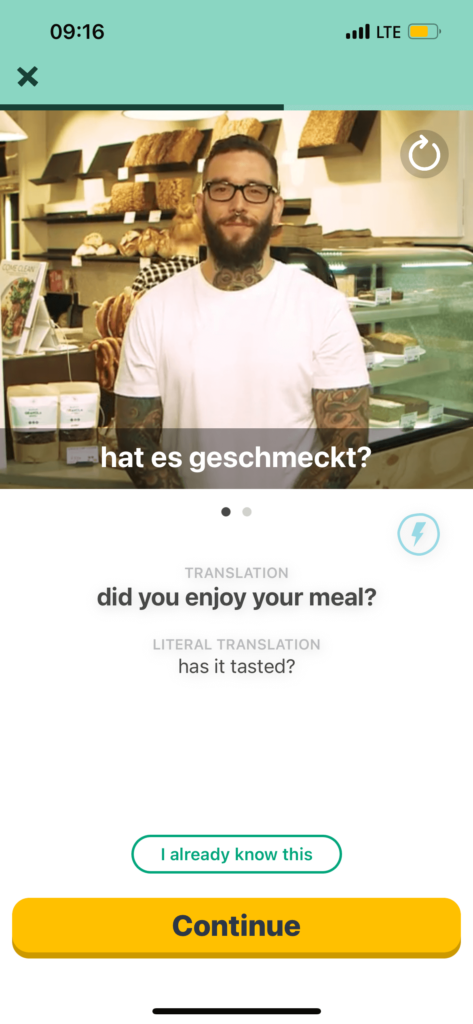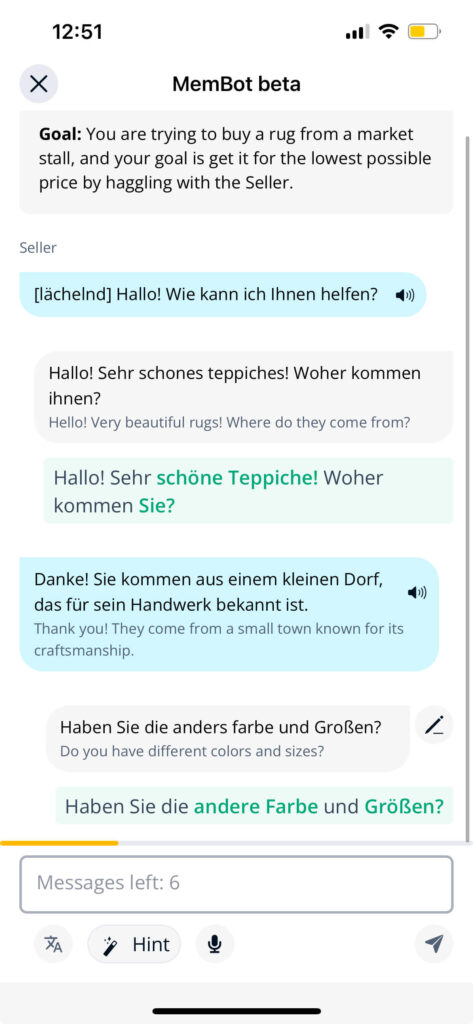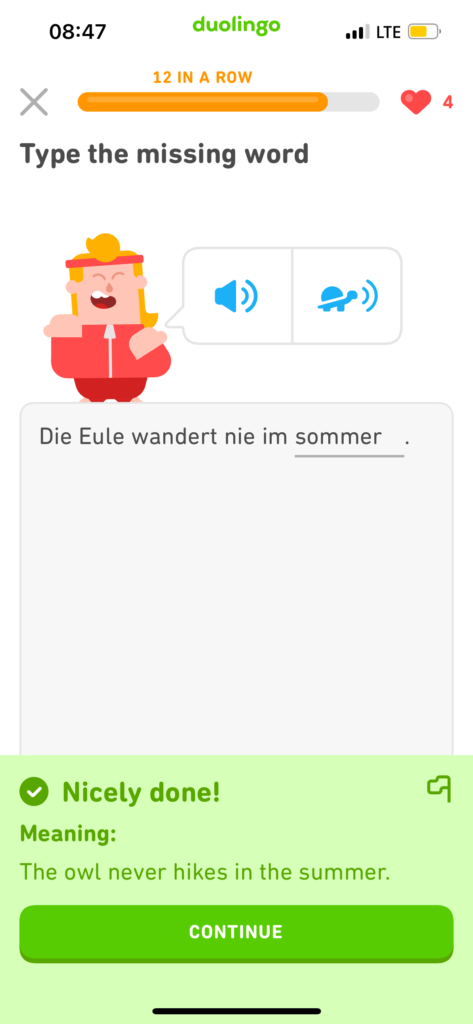At 18, I got my first tattoo (I have 9), a circle, which is about time in many ways, specifically the concept of cyclical time. Time is a trippy concept that I think and write about often, and it’s fascinating, as I’ve been reminded while reading When: The Scientific Secrets of Perfect Timing.
- Naps improved NASA pilots’ reaction time by 34%.1
- Quarterly earnings calls done in the morning were perceived more favorably by investment analysts. 2
- Divorce filings spike in March and August.3 Researchers speculate that this happens because people give the relationship a last chance during the holidays, but visit a lawyer once the disillusionment sets in. The papers are filed a few weeks later, which explains the March burst. The end of the school year for kids might explain the August burst, too. Parents keep it together for the kids, then talk to lawyers in June and July.
- We can maximize happiness by doing something big on the last day of our vacation or week. “The very end of an experience seems to disproportionately affect our memory of it.”4
The book’s centered around the idea that timing is a science you can learn and use to flourish. The author, Dan Pink, shares research from psychology, biology, and economics—like the studies above—which are synthesized into practical takeaways. For example, I’ll definitely continue napping and protecting my mornings, which are the best time for me to do deep work.
Temporal landmarks and happy hour 🍸
Pink explains the importance of beginnings, midpoints, and endings, known as temporal landmarks. Temporal landmarks can be social: Mondays, a new month, or personal: anniversaries, the end of a decade, job changes. The extra boost we feel is scientifically proven and we can use it to improve our lives.
Our memory of an experience is largely shaped by how it ends. My Friday afternoons are an example of this. There’s always a happy hour at the end of the week with other members of the coworking space and drinks and snacks. I don’t have to organize it. I just have to show up and talk to people who, like me, are generally in a good mood since the weekend’s here. There are people from all over the world and many of them work in completely different fields from me. I’ve started to look forward to it. Since my work weeks end on a high note, and endings shape experiences, the information stored in my brain is “I had a great work week.”
Duolingo UX
A member of the coworking space was telling me about their business, and I said, Oh, so Duolingo but for guitarists, which they and someone else found to be a good analogy.
We talked about gamification, “the application of game-design elements and game principles in non-game contexts.” Duolingo is renowned for its gamification, boosting engagement and returning users.
Duolingo holds a dominant market share in the language learning app space.

The search term “Duolingo UX” returns 1.830.000 results, so it’s fair to say it also holds a dominant market share in designers’ minds; “living rent free in my head,” one might say.
I’ve also been thinking about Duolingo because I don’t speak German and I live in Vienna, a German-speaking city (that’s also super international-friendly, which makes it easy to postpone learning). Until an evening language course held 2-3x per week is available, I’ve been learning what I can on my own. Albanian is my mother tongue, and I’ve learned Italian, English, French, and Spanish. I forgot most of the French I knew, but I relearned it through Duolingo to communicate in French when I went to Paris with my mom (I did it). I’m trying to learn German and keep my weakest languages, French and Spanish, fresh, but Duolingo is not helping.
Duolingo is mean. The meanest app in the App Store. Duolingo killed UX. No more wireframes at Duolingo. Duolingo’s CEO spent $12,672 on a toilet.
Okay, maybe designers aren’t talking about that last one as much, but it stuck with me ever since I heard Luis mention the TOTO Neorest NX1 on the Tim Ferriss show 2 years ago.
But I don’t want to talk about Duolingo or the toilet. I want to give another player the spotlight: Memrise!
I’d like to highlight some examples from my perspective as an information architecture consultant on how a language learning app’s feature organization and clear copy can motivate and teach without being mean.
AI Policy: All content on this website is written by me. I do not use AI such as ChatGPT or other LLMs to generate articles from prompts or similar. All content reflects my own thinking, ideas, style, and craft. Occasionally, I ask AI (such as Frase or Formalizer) to summarize or re-state my own ideas on the basis of a complete skeleton I’ve written. Based on the response, I may reorder, restructure, or alter my original thinking. I personally write each draft and final copy.
Examples of the role of information architecture in learning a language highlighted in this article:
- The role of information architecture in learning a language
- The Loch Ness monster is drinking whiskey
- The concept of time in user experience (UX)
- Mastery without meanness
Faces over illustrations, representation, and literal translations – Examples of how information architecture supports language learning in Memrise

What: A person speaking in German
Why it works: Humans like faces. Our brain is hardwired to see images of faces in everyday items. The brain has evolved specialised neural mechanisms to rapidly detect faces and it exploits the common facial structure as a short-cut for rapid detection. Our brains likely have an easier time remembering things said by people than illustrations.
Bonus points: The speakers are quite diverse, in looks, ages, and races. Having different speakers increases the likelihood that learners see themselves represented and find someone who looks like them, which leads to “increased cultural understanding, stronger critical thinking skills and enhanced creativity.”
The speakers’ surrounding areas are also different, which might make the sentences more memorable.
What: Including literal translations
Why it works: The structure of a sentence isn’t the same across languages. The verb is often at the end of the sentence in German.
Let’s take “Did you enjoy your meal?” as an example. Users hear the phrase in German and see it in a text format. Users also see the English translation of the sentence, but besides that, they see the literal translation in English. “Has it tasted?”
Knowing where to place words and how to recreate sentences is key in language learning, and seeing literal translations helps achieve that.
Bonus points: The “I already know this” option aids learning. Being able to mark a phrase as learned ensures you’re not being asked repeatedly to memorize a phrase you already know and can instead focus on learning new words.
Meeting people where they’re at and Jakob’s Law – Examples of how information architecture supports language learning in Memrise

What: Showing students YouTube Shorts videos, assessing understanding, and then teaching them the words they don’t know
Why it works: It’s easier to reach our goals if we meet people where they’re at. Most people are on TikTok, or more generally, consuming short-form video content.
Jakob’s Law of Internet User Experience states, “Users spend most of their time on other sites. This means that users prefer your site to work the same way as all the other sites they already know.”
Using design patterns that people are accustomed to—or reusing components from popular apps, as Memrise does—is a win for users and your business, according to Jakob’s Law.
Bonus points: Arnold Schwarzenegger saying “talk to the hand” in German
Conversational interfaces and identifying the path of least resistance – Examples of how information architecture supports language learning in Memrise

What: Conversations with an AI bot
Why it works: Conversation topics include ordering a coffee, asking for help, saying where you live. In this case, it’s about trying to get a lower price on a rug. Seeing phrases you can use immediately “in real life” likely helps with learning and memory.
Bonus points: For beginners, momentum beats excellence. The AI bot fixes written mistakes (sentence structure or mistakes, e.g., schones → schöne) so students can focus on the conversation rather than umlaut and perfect grammar. This is what I’d consider the path of least resistance; it’s easy to confuse umlauts like ö or ä, and the symbols take longer to find on keyboards.
Bonus bonus points: Students can get hints when they’re stuck. I once had to convince a barista to make a sangria my way, but I don’t have a way (sangria’s too sweet for me most days) and I wasn’t sure what to say. Students can also record their replies rather than write them, which helps with pronunciation, improves speaking comfort levels, and accommodates different learning styles.
The Loch Ness monster is drinking whiskey
Conversation topics in Memrise (haggling, ordering a coffee, asking for help, saying where you live) differ from many Duolingo sentences (The owl never hikes in the summer).

I saw the example above during my lesson, but there are many (at least 100) similar examples online, e.g., 100 of the best (and weirdest) Duolingo sentences EVER.
The Loch Ness monster is drinking whiskey.
Without a doubt, I want to eat ham.
When I was young, I was not allowed to wear pants.
The Loch Ness monster is drinking whiskey?! He convinced the barista to skip the sangria and make him a whiskey, the legend. Umm, we all agree that the Loch Ness monster is a “him,” right?
The concept of time in user experience (UX)
Duolingo uses the concept of time pretty strategically.
A Duolingo streak, represented in a flame 🔥 icon, is the number of days in a row you’ve completed a lesson in the app.
As the research shows, if you repeat an action often enough in the same context, the act of doing it will start to feel automatic. With a steady habit, something as daunting as studying a new language can feel as natural to your daily routine as brushing your teeth.
This is where the streak comes in on Duolingo. Your streak is a tangible, measurable number that holds you accountable to practicing every single day, even if it’s just for five minutes.
The habit-building research behind your Duolingo streak, Osman Mansur
On another wing, the death of Duo, the owl mascot, was talked about ad nauseam. I participated, of course, and Slack joined my comments section. They were “happy to lend a hand in making this loss a little less painful with a meditative huddle.”
Later, Duolingo said 50 billion XP, or learning points, were needed to revive the owl. Students pulled through and made it happen. Teams at Duolingo own single metrics like time spent learning. The only thing they do is they have this one metric and every quarter, it has to increase. Increase, it did, sounds like.
So, yes, Duolingo has used the concept of time passing to their—and their users’—benefit, from daily streaks to KPIs to death.
Mastery without meanness
Similarly to how a lovely Friday afternoon is stored in my brain as “Great work week,” as information architects and UX designers, we can use time science to improve user experiences.
For example, knowing that “the very end of an experience seems to disproportionately affect our memory of it,” we can decide to prioritize the final steps of an important user flow (e.g. what happens after a user sells their car on your platform?) and ensure they’re reviewed for clarity and accuracy. I’ll also be extra kind to married colleagues in March and August.
These were some of my content-related observations during happy hours, reading sessions, and German lessons.
I set out to write an article that decenters Duolingo’s UX approach and highlights some positive information architecture examples from another language learning app. Faces over illustrations, representation, literal translations, meeting people where they’re at, Jakob’s Law, conversational interfaces, identifying the path of least resistance – these are only a fraction of all the great examples of how a language learning app’s feature organization and clear copy can help us in achieving mastery without meanness. Sangrias included.
- Mark R. Rosekind et al., “Crew Factors in Flight Operations 9: Effects of Planned Cockpit Rest on Crew Performance and Alertness in Long-Haul Operations,” NASA Technical Reports Server, 1994, available at https://ntrs.nasa.gov/search.jsp?R=19950006379. ↩︎
- Jing Chen, Baruch Lev, and Elizabeth Demers, “The Dangers of Late-Afternoon Earnings Calls,” Harvard Business Review, October 2013. ↩︎
- Deborah Bach, “Is Divorce Seasonal? UW Research Shows Biannual Spike in Divorce Filings,” UW Today, August 21, 2016, available at http://www.washington.edu/news/2016/08/21/is-divorce-seasonal-uw-research-shows-biannual-spike-in-divorce-filings/. ↩︎
- Jesse Singal, “How to Maximize Your Vacation Happiness,” New York, July 5, 2015. ↩︎
If you liked this article, you’ll probably enjoy

Leave a Reply